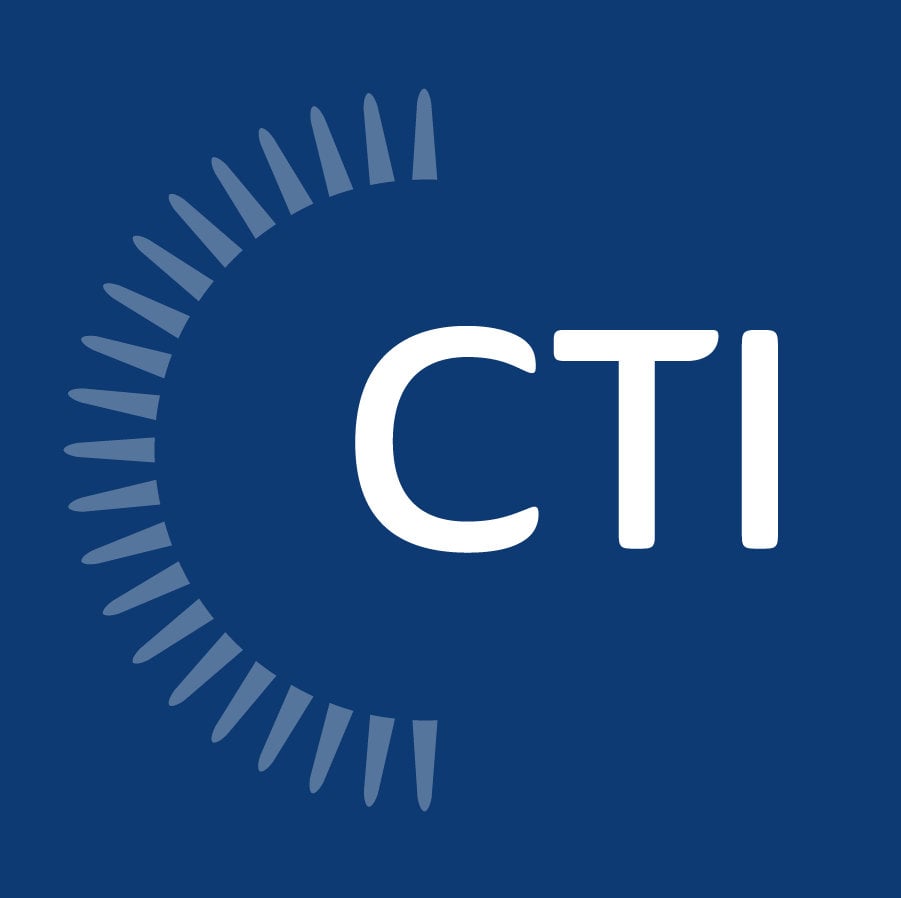 Many companies in the A&E (Architecture & Engineering) industry may not know exactly how their activities qualify for the research credit. To get a better understanding, let’s start with the big picture: Since the research credit is an activity-based credit, but the tax credit requires taxpayers to quantify the cost of those activities, the basic function of the R&D tax credit study process is to link the qualitative (activities) to the quantitative (the costs of those activities).
Many companies in the A&E (Architecture & Engineering) industry may not know exactly how their activities qualify for the research credit. To get a better understanding, let’s start with the big picture: Since the research credit is an activity-based credit, but the tax credit requires taxpayers to quantify the cost of those activities, the basic function of the R&D tax credit study process is to link the qualitative (activities) to the quantitative (the costs of those activities).
Here is a high-level overview of how to reach the qualification and costing goals for A&E firms in 4 easy steps.
1. Data Review
Most A&E firms use project-accounting data in their everyday course of business, and this data is the first place to start. A full data download is the best way to approach it. Most project-accounting systems used for project tracking can export reports as csv files that can then be converted to Excel or pulled into another system for review and analysis. The key is not knowing how to export the data, but what data to export.
The most significant qualifiers, or data fields, are contract type, line of business or discipline, project type, phases, sub-phases or tasks, employee hours, employee titles, departments, sub-contractors, location, etc. The more information in the database, the better the result will be, and more importantly, the less time the taxpayer needs to explain the activities.
So, your R&D tax credit provider should not show up and ask, “So, what did you work on last year?” The information should be analyzed and organized before scheduling any interviews, and, if you want to get fancy, field work templates can be generated from the data with all of the relevant data, to be reviewed by the people in a position of knowledge of the projects and activities.
2. Education and Communication
There are several ways to approach the process, and each organization has its own corporate culture. In my experience, establishing the proper communication channels and getting management and executive buy-in makes for a more streamlined approach. So, before interviewing project managers, make sure that the proper personnel is in the loop.
Education is the key to identifying the qualified research activities of the organization. A thorough understanding of the 4-part test, along with an in-depth discussion of the product development lifecycle, gives the organization personnel the knowledge to identify and qualify activities.
In addition to bringing everybody in the loop, a mention of the value of the research credit, in actual tax dollars that the organization has saved due to this effort, never hurts the cause.
3. Calculation
After the qualified activities are identified by projects and phases of development, it’s now time to let the data do the work. Run calculations utilizing the data to find the ratio of each of employee’s qualified research hours to total hours worked. Then, the link to the taxable wages is possible to generate the wage expenditures. The same link can be made for any supply expenditures. Any sub-contractors worked on qualified projects? You can also link to contracts/agreements and expenditures.
The great part about the calculation for A&E firms is that the qualified expenditures can be supported down to the details of the phases/tasks performed on qualified projects. This is very good detail to support the credit claim, but don’t forget to link the documentation.
4. Documentation
Now that you have your credit calculated, sure hope you dropped bread crumbs along the way. The key to a great credit claim is having the proper contemporaneous documentation. So, ‘contemporaneous’, as Webster’s defines it is “living or occurring during the same period of time.” So, what does that mean for the research credit? It means mapping the documentation that an organization generates in its normal course of business is the trail of bread crumbs that you want mapped out. Data mapping doesn’t have t0 be complicated. Most A&E firms will have some sort of project manual or project set-up guide, or a fancy name might be standard WBS. These are guides that help project managers set up projects and many files will have standard naming conventions for consistency.
Some key aspects of documents that you want to look for might be the document name, location of the document, frequency the document is generated, or in what phase the document is generated, the owner of the document, and, of course, how to access that document. Year-over-year, the documentation process should not burden the organization.
Conclusion
A&E firms that think that quantifying their research expenditures might seem difficult, there are a few simple steps to help. With project-accounting data and the internal processes defined within these types of organizations, the qualitative to quantitative conversion does not have to be a daunting task.
For more information regarding capturing the R&D tax credit, download your complimentary, educational guide below.



